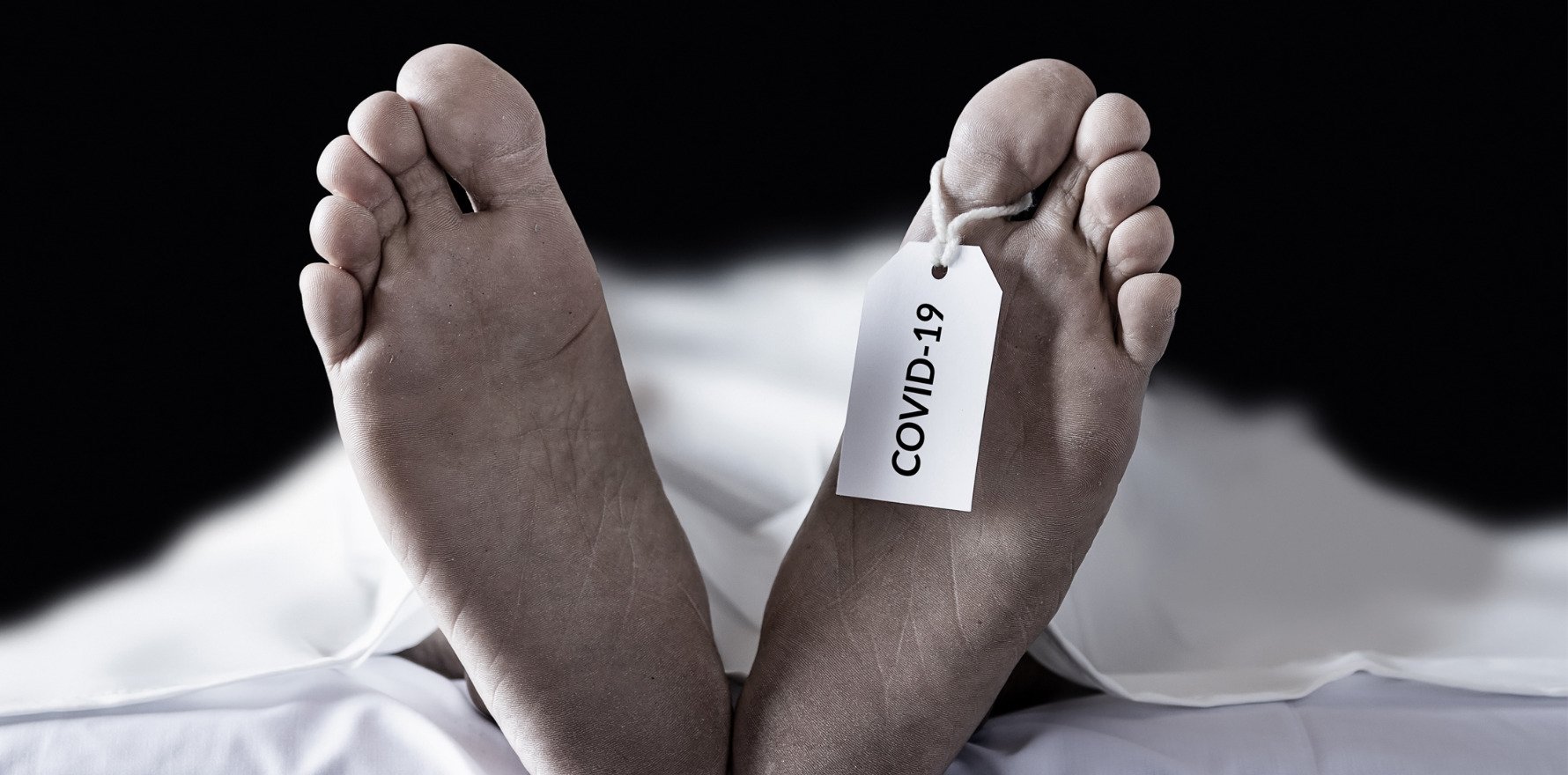It’s been 53 years since an infectious disease made the top five causes of death, but sure, let’s just live with it.
For the first time since 1970 an infectious disease is in the top five leading causes of death in Australia, with covid accounting for more than one in 20 deaths in 2022, according to the ABS.
Covid caused 9859 of 190,939 deaths, the third leading cause behind ischaemic heart disease and dementia in the top two spots.
“This marks the first time an infectious disease has appeared in the top five leading causes since 1970, when influenza and pneumonia was ranked fifth,” said Lauren Moran, the ABS head of mortality statistics.
The Causes of Death, Australia and the Deaths, Australia reports were released earlier this week.
Covid was among the top 10 leading causes of death in all states and territories in 2022, ranging from the third leading cause in New South Wales, Victoria, South Australia and the Australian Capital Territory to ninth in the Northern Territory. The virus was the sixth leading cause in Queensland, Western Australia and Tasmania.
“Broken down by sex, we saw that covid was the third-ranked cause of death for males (5484) and the fourth-ranked cause of death for females (4375),” said Ms Moran.
“Those who died from covid had a high median age at death of 85.8 years.”
The ABS report does not detail how many deaths were recorded in which covid was present but not named as the primary cause of death.
There were 19,470 more Australian deaths recorded in 2022 than in 2021. Ischaemic heart disease remained the leading cause of death, accounting for more than 18,500 (one in 10) deaths, with more than 60% of those being males.
Dementia (including Alzheimer’s disease) was the leading cause of death for females and the second leading cause for males. Females comprised almost two-thirds of dementia deaths.
“The top five causes of death in 2022 were ischaemic heart disease, dementia (including Alzheimer’s disease), covid, cerebrovascular diseases (strokes) and lung cancer, which when combined, accounted for more than a third of all deaths,” Ms Moran said.
Ischaemic heart disease has been the leading cause of death since 1968, while dementia took over from cerebrovascular diseases as the second leading cause in 2015.
Ischaemic heart disease, followed by diabetes, chronic lung diseases, lung cancer and suicide remained the top five leading causes of death for Aboriginal and/or Torres Strait Islander people in 2022. Covid was the ninth leading cause of death.
Infant mortality dropped to 3.2 per 1000 in 2022.
Of concern to mental health service providers and peaks was the high number of deaths by suicide reported by the ABS.
There were 3249 people who died by suicide in 2022 (a rate of 12.5 per 100,000 people), with males accounting for around three-quarters of those deaths. The median age at death for people who died by suicide was 45.6 years.
This compared to a median age at death of 82.2 years for the total population. Suicide was the leading cause of premature death in 2022.
Lifeline Australia’s CRO Dr Anna Brooks said the number represented “a tragedy that reinforces the critical role of families, workplaces and communities in reducing the number of deaths caused by intentional self-harm”.
“Behind every statistic there is a person. Firstly, we remember the 3249 individuals who died by suicide in 2022 and also those who attempted to take their life,” she said.
“Every life lost is a tragedy that affects families, workplaces and communities. And it is through families, workplaces and communities that we can work to better support people experiencing thoughts of suicide, mental health issues or crisis situations.”


